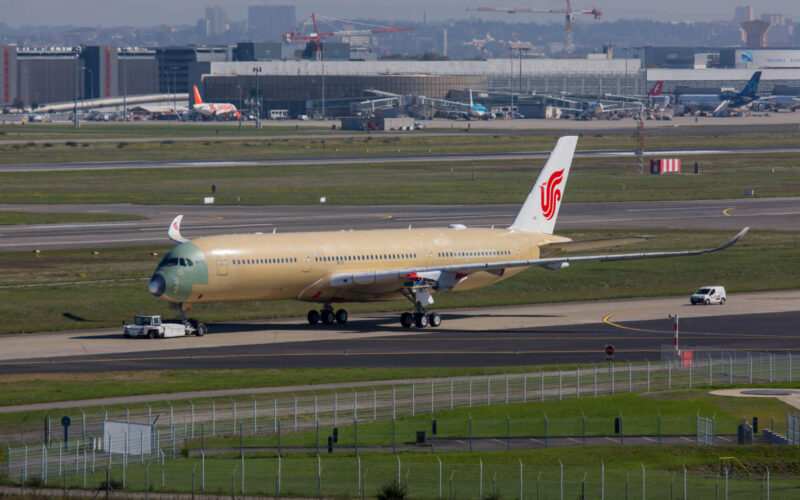Airlines in the Asia-Pacific region are gearing up for their post pandemic operations. With COVID-19 restrictions to various regions being lifted, demand is on the rise.
During the first nine months of 2022, airlines operating in the Asia-Pacific region recorded a robust increase in the number of international passengers carried by more than five-fold to 62 million compared to the same period in 2021. Consequently, with capacity expanding by 125% over the same period, the international passenger load factor increased by 40% to an average of 70%. This translates into a need for bigger, newer airliners.
“There is incremental growth. So on top of fleet renewals, which is a very conservative scenario, you have to also meet the incremental growth numbers, given the constraints that you’re seeing today in terms of not enough pilots, not enough capacity to meet the demand,” Anand Stanley, president of Airbus Asia-Pacific told BNN Bloomberg on November 10, 2022. “I think there’s fundamental demand, there is fundamental structural growth that will drive the demand, not a short term speculative.”
According to Airbus, the Asia-Pacific is a core market, with the region accounting for a third of the European manufacturer’s total order bookings along with a third of its revenues. Stanley said Airbus anticipates that passenger traffic in the region will increase by 5.1% a year by 2041. Freighter traffic is expected to increase by 4.1% annually.

